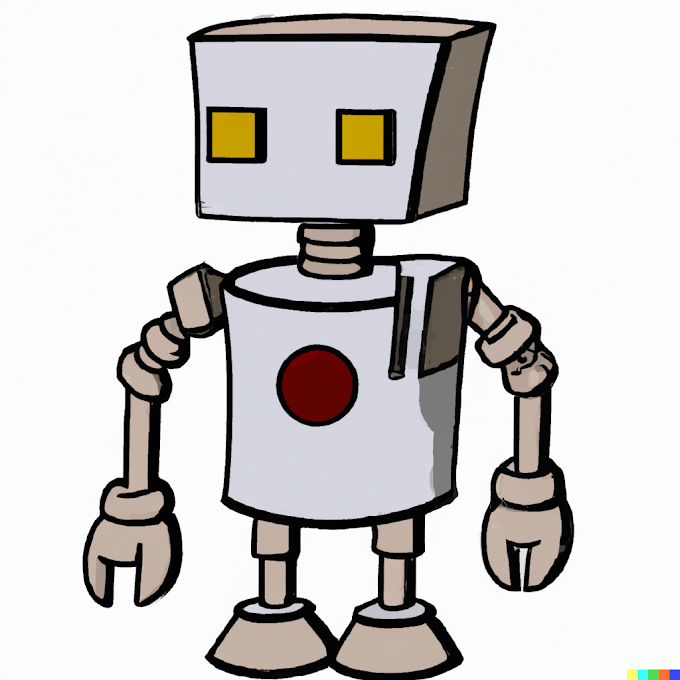The use of robots has been a topic of discussion for many years, and it's only gaining more attention as technology continues to evolve. While robots are already used in many industries, from manufacturing to healthcare, their potential applications are limitless. Here, we'll explore some of the most exciting future theories of robots.
Human-like Robots
One of the most intriguing and controversial theories is the development of robots that are indistinguishable from humans. These robots would be equipped with advanced artificial intelligence that would enable them to learn and interact with humans in a more natural way. They would also be able to perform a wide range of tasks, from serving as assistants to performing complex surgeries.
One company that is working on this technology is Hanson Robotics, which has created a number of humanoid robots, including Sophia. Sophia is capable of holding conversations with humans, recognizing faces and emotions, and even telling jokes. While these robots may seem like science fiction, they could become a reality in the not-too-distant future.
However, the development of human-like robots raises many ethical and societal concerns. For example, what would be the legal and moral status of a humanoid robot? Would they be granted the same rights as humans? How would they impact the job market? These are just a few of the questions that need to be addressed before these robots can become a reality.
Swarm Robotics
Another exciting theory is the development of swarm robotics, where multiple robots work together to achieve a common goal. This concept is inspired by the behavior of swarms of insects and birds, where individual organisms work together in a coordinated manner to achieve a specific objective.
Swarm robotics has already been used in a variety of applications, such as search and rescue missions, environmental monitoring, and agriculture. For example, a team of robots could work together to survey a large area and collect data, which could then be used to create detailed maps or identify areas that need attention.
Swarm robotics has the potential to revolutionize many industries, from manufacturing to transportation. By working together, robots can accomplish tasks more efficiently and quickly than a single robot could ever achieve. However, there are still challenges that need to be addressed, such as communication between the robots and ensuring that they don't interfere with each other's movements.
Self-replicating Robots
Self-replicating robots are a fascinating theory that could have a profound impact on the world. These robots would be designed to create copies of themselves, much like living organisms reproduce. The idea is that the robots could be sent to remote or dangerous environments, such as other planets or disaster zones, and then replicate themselves to perform tasks or gather data.
While the idea of self-replicating robots may seem far-fetched, researchers are already working on this technology. In 2018, a team of researchers at MIT created a self-replicating robot that was capable of constructing a copy of itself in just a few minutes.
However, the development of self-replicating robots raises concerns about their control and the potential for them to get out of hand. If they're not designed with strict limitations, they could replicate at an exponential rate and cause unforeseen consequences.
Soft Robotics
Another exciting theory is the development of soft robotics, which are robots made from flexible materials like silicone or rubber. These robots would be more adaptable to their environments, and could potentially be safer to work alongside humans.
Soft robotics have already been used in a variety of applications, such as medical devices and search and rescue missions. For example, a soft robot could be designed to crawl through rubble to find survivors of a natural disaster.
One of the challenges of soft robotics is that the materials used to create them are not as durable as traditional metals and plastics. This means that they may not be suitable





